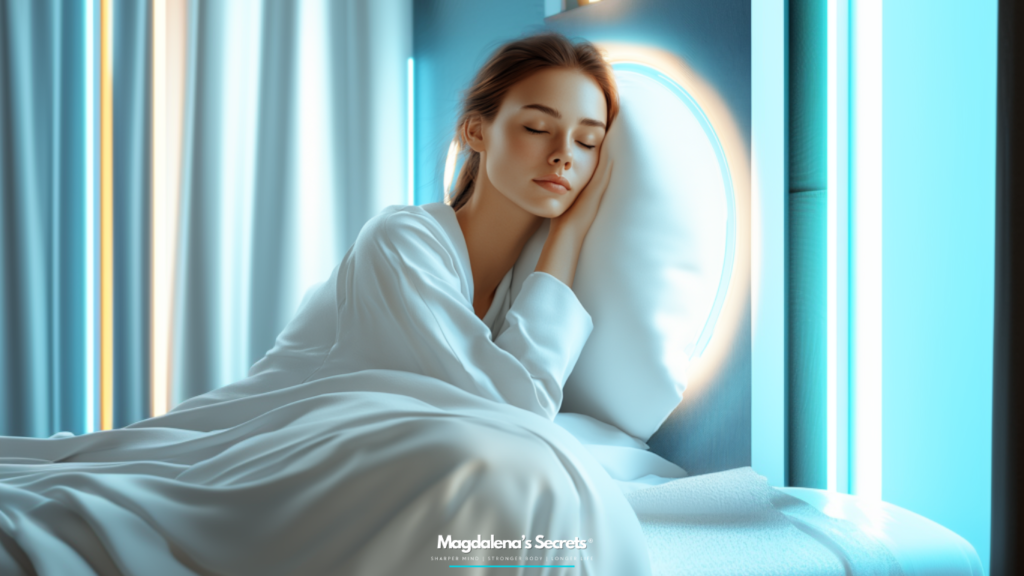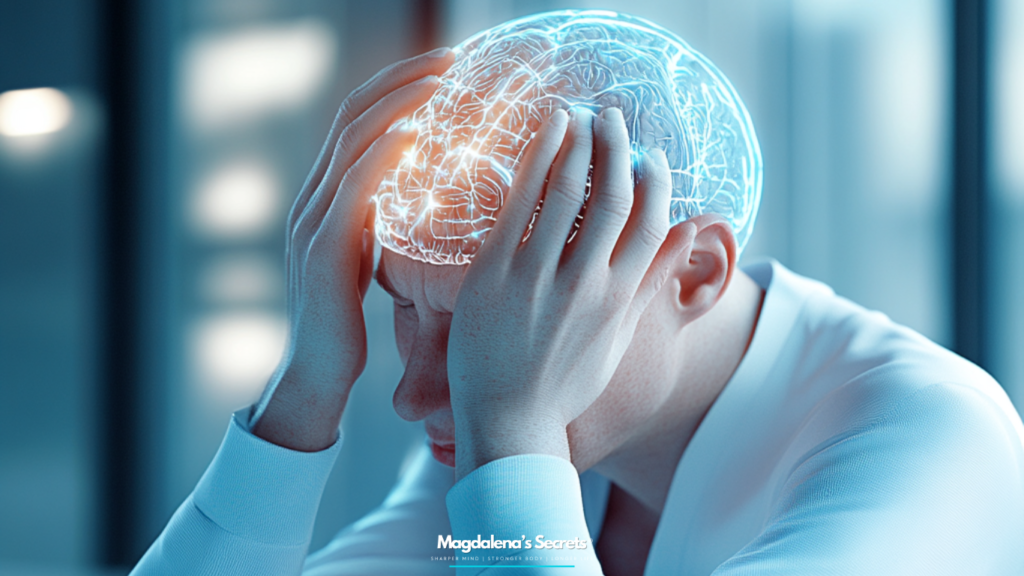Sleep is not a luxury—it’s a biological necessity. As Prof. Dr. Matthew Walker, neuroscientist and author of the bestselling book Why We Sleep, explains: “Sleep is the single most effective thing we can do to reset our brain and body health each day.” To truly understand the power of sleep, we must explore its different phases—REM, deep, and light sleep—and how they function throughout the night.
The Sleep Cycle: A Nightly Journey in Phases
Sleep is divided into cycles lasting roughly 90 minutes. Each cycle consists of multiple phases that repeat 4 to 6 times per night. These include light sleep, deep sleep (slow-wave sleep), and REM (Rapid Eye Movement) sleep. Each stage plays a vital role in keeping our body and mind healthy.
Light Sleep: The Gateway Stage
Light sleep consists of Stage 1 and Stage 2 of Non-Rapid Eye Movement (NREM) sleep. Together, they make up around 50–60% of a normal night’s sleep.
- Stage 1: The transition from wakefulness to sleep. It lasts a few minutes and is very easy to wake from.
- Stage 2: Lasts longer and is marked by a drop in heart rate and body temperature, with short bursts of brain activity called sleep spindles.
Though often overlooked, light sleep supports memory formation and serves as a bridge between wakefulness and deeper sleep stages.
Deep Sleep: The Body’s Recovery Mode
Deep sleep—Stage 3 of NREM—is known for its slow delta brain waves and typically occurs more during the first half of the night, making up about 15–25% of sleep.
During deep sleep:
- The body repairs muscles and tissues
- Growth hormone is released
- The immune system strengthens
- Cellular cleanup in the brain occurs
Prof. Dr. Walker calls it “a form of nocturnal therapy,” describing it as a brain and body power cleanse. It’s also the hardest stage to wake from, and the body compensates for lack of sleep by increasing deep sleep during recovery.
REM Sleep: The Mind’s Playground
REM sleep, which usually makes up 20–25% of total sleep time, becomes more dominant in the second half of the night. It is marked by vivid dreaming, high brain activity, and muscle paralysis.
During REM:
- Emotional memories are processed
- Creativity and problem-solving improve
- Learning and mental flexibility increase
Walker describes REM as “overnight therapy,” critical for emotional regulation, social cognition, and long-term mental health. Skimping on REM can lead to anxiety, mood swings, and poor decision-making.
How Is Sleep Measured? Enter the Oura Ring
Previously, sleep stages were only measured in labs. Now, tools like the Oura Ring provide accurate sleep tracking from home.
It monitors:
- Heart rate and HRV (Heart Rate Variability)
- Body temperature
- Breathing rate
- Nighttime movement
The Oura app provides a sleep score and shows your time spent in each sleep stage, offering personalized insights to improve sleep quality.
Why Sleep Is the #1 Pillar of Healthy Living
According to Dr. Walker, sleep is “the foundation upon which the other pillars of health rest.” Adequate sleep:
- Enhances memory
- Regulates hormones
- Protects the heart
- Boosts immunity
- Supports metabolism
- Reduces Alzheimer’s risk
No amount of exercise or diet can replace the benefits of sleep. Prioritizing your sleep cycle is one of the smartest health investments you can make.
Final Thoughts
Each phase of sleep—light, deep, and REM—plays a unique, irreplaceable role in your well-being. Thanks to the work of pioneers like Dr. Walker and devices like the Oura Ring, optimizing sleep is now within your control.
So ask yourself: are you giving sleep the priority it deserves?




